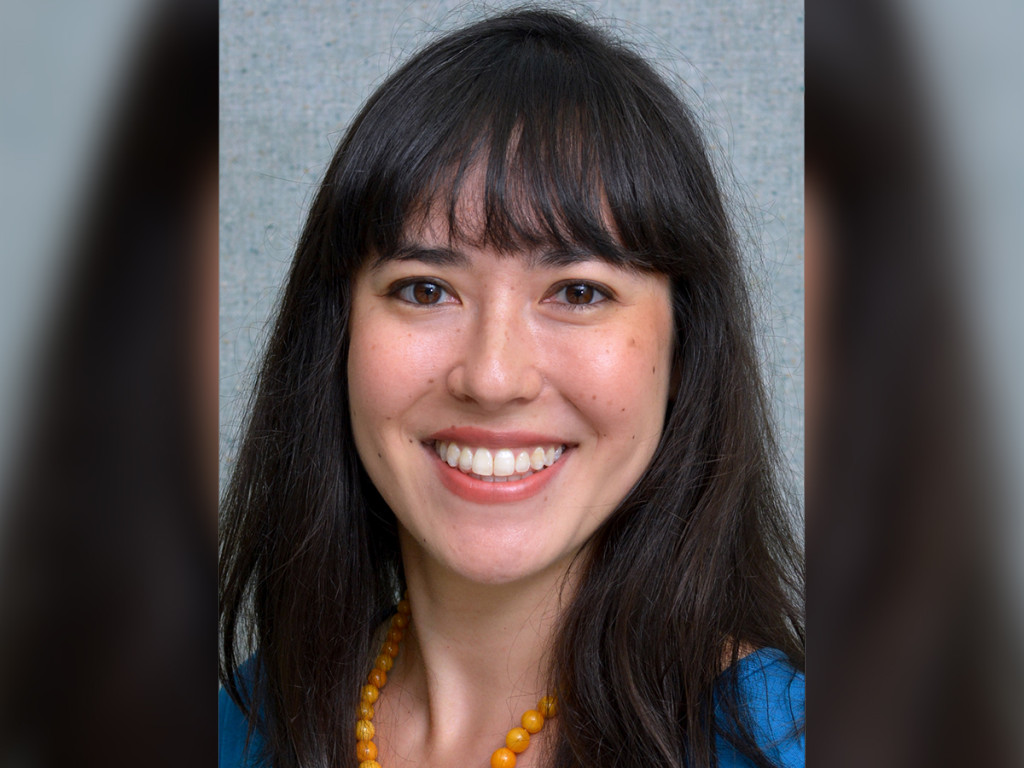
UC Riverside historian Megan Asaka has been awarded a Dumbarton Oaks Mellon Fellowship in urban landscape studies by Harvard University. This fellowship will help her continue research on the effect of migrant and transient workers on the development of Seattle’s urban landscape from the mid-19th century until America’s entry into World War II.
Beginning as a dissertation in 2009, and projected to be released as a book entitled “The Unsettled City: Migration, Race, and the Making of Seattle’s Urban Landscape” in 2019, Asaka has worked to piece together the history of this group, which had an enormous effect on the development of Seattle.
This fellowship awards $30,000 and the opportunity for Asaka to complete the research for her book manuscript in both Seattle and at the Dumbarton Oaks Research Library and Collection in Washington, DC during fall 2016.
“(Seattle) had one of the highest populations of seasonal and transient workers in the entire country. I’m really interested in tracing the social history of migration in the Pacific Northwest. Who these people were, what their live(s) were like, where they lived, where they worked: all these questions of social history. Second, I’m interested in understanding why these people have not really shown up in any other kinds of historic studies and why it’s so difficult to understand the social history of this population,” said Asaka in regards to her upcoming book.
“The city was really built by these seasonal workers and by these migrant people, who have really been erased out of the collective memory of the city,” said Asaka.
“It’s very difficult for historians to actually uncover that history because the archive is structured in such a way that privileges people who are in one place. (Those) who have a house or who own a business or who show up in a census or a business directory for example,” Asaka explained in regards to the challenges she has faced in finding primary sources.
By using disparate sources such as census data, newspaper accounts, oral histories, municipal records, fire department records and photographs, Asaka has pieced together the history of this transient population, by which their nature left very little for historians to work with.
“When people are moving around it’s incredibly difficult because they don’t leave a paper trail; part of my goal is to devise a methodology for how to tell the history of mobile and migratory populations for which there are very few records existing,” said Asaka. “There wasn’t one archive that I’ve went to, I’ve had to be very creative with where I’m finding my sources, often finding them in very unexpected places.”








